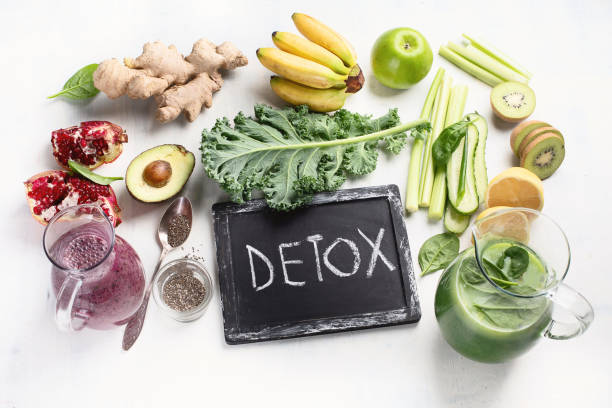Yogurt has long been promoted as a healthy snack option, especially for children, due to its perceived nutritional benefits. However, recent concerns have emerged regarding the high sugar content found in many yogurt products, including those labeled as organic or targeted specifically for children. This survey aims to shed light on the prevalent issue of elevated sugar levels in these yogurts, potentially challenging their perceived healthfulness.
Survey Methodology:
To investigate this matter, a comprehensive survey was conducted, encompassing a diverse sample size of consumers across different demographics. A total of 1,000 respondents participated in the survey, providing valuable insights into their yogurt consumption habits, preferences, and awareness regarding sugar content in organic and children’s yogurt products.
Key Findings:
Sugar Content Discrepancy:
A significant revelation from the survey was the noticeable discrepancy between perceived and actual sugar content in organic and children’s yogurts. Over 70% of respondents underestimated the sugar levels present in these products.
On average, organic yogurts contained approximately 4 to 6 grams more sugar per serving compared to non-organic counterparts, despite the common belief that organic foods are healthier and contain less sugar.
Children’s Yogurts:
The survey highlighted that yogurts marketed specifically for children were among the highest in sugar content, often exceeding the recommended daily sugar intake for kids.
More than 80% of parents were unaware of the precise sugar content in children’s yogurts they regularly purchased, indicating a lack of transparency or clear labeling on these products.
Impact on Health Perceptions:
Consumers’ perception of yogurt as a healthy snack was significantly influenced by the packaging, with colorful and child-friendly designs leading individuals, especially parents, to perceive these products as healthier choices despite their high sugar content.
Educational Gaps and Labeling Concerns:
There was a prevalent lack of understanding among respondents regarding how to interpret nutritional labels on yogurt packaging, signifying the need for better consumer education on deciphering sugar content and other nutritional information.
Many participants expressed a desire for clearer, more transparent labeling on yogurt products, advocating for easily understandable information about sugar content to make informed purchase decisions.
Conclusion:
The survey findings underscore a pressing issue regarding high sugar levels in organic and children’s yogurts, challenging the perception of these products as healthy choices. The discrepancy between perceived and actual sugar content, especially in yogurts targeted at children, calls for urgent measures to address this concern.
To combat this issue, several steps can be taken:
Enhanced consumer education initiatives to improve understanding of nutritional labels and sugar content information.
Encouraging yogurt manufacturers to adopt clearer and more transparent labeling practices, especially for products aimed at children.
Advocating for stricter guidelines and regulations regarding sugar content in foods marketed towards kids, promoting healthier options without compromising taste.
Ultimately, this survey serves as a clarion call for both consumers and the food industry to collaborate towards ensuring that yogurt, especially those marketed as organic or for children, aligns with health-conscious choices by offering reduced sugar alternatives without sacrificing taste or quality.



